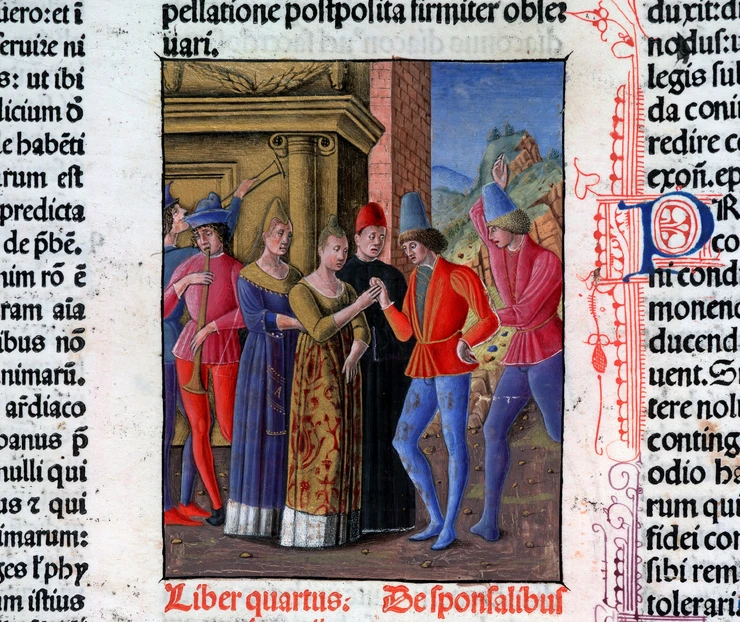Content, scope and history of the collection
The Gotha Research Library preserves over 1,000 incunabula, mainly of theological content. They belong to the Ducal Collection (shelfmark: Mon. typ.) and the Gymnasium Collection (shelfmark: Inc.). A further 31 incunabula come from the former Pößneck church library, which was acquired as a closed collection in 1996.
The ducal house of Saxe-Gotha-Altenburg had incunabula acquired at auctions for the Ducal library in both the 17th and 18th centuries. From the second half of the 18th century onwards, the ducal librarians listed the incunabula separately and described them in catalogues. For this special listing, they partly dissolved old anthologies, which makes determining their provenance much more difficult nowadays. In the 1930s, the library lost about 70 incunabula.
The oldest dated print is the Psalterium Benedictinum from 1459. Rhenish presses are relatively well represented in the collection, while central German presses are poorly represented. The non-German-speaking world is present with prints from Italian printers, especially from Venice.
The four folio volumes from the collection of the Frankfurt merchant Peter Ugelheimer, remarkable for their painting and bindings, are well known.
Block books
Of the original eleven 15th century block books (shelfmark "Xyl") listed as Xylographica among the incunabula of the Ducal Collection, five block books printed with full-page wooden plates remained with the Research Library after disposals at the end of the Second World War. They are listed in the online catalogue.



